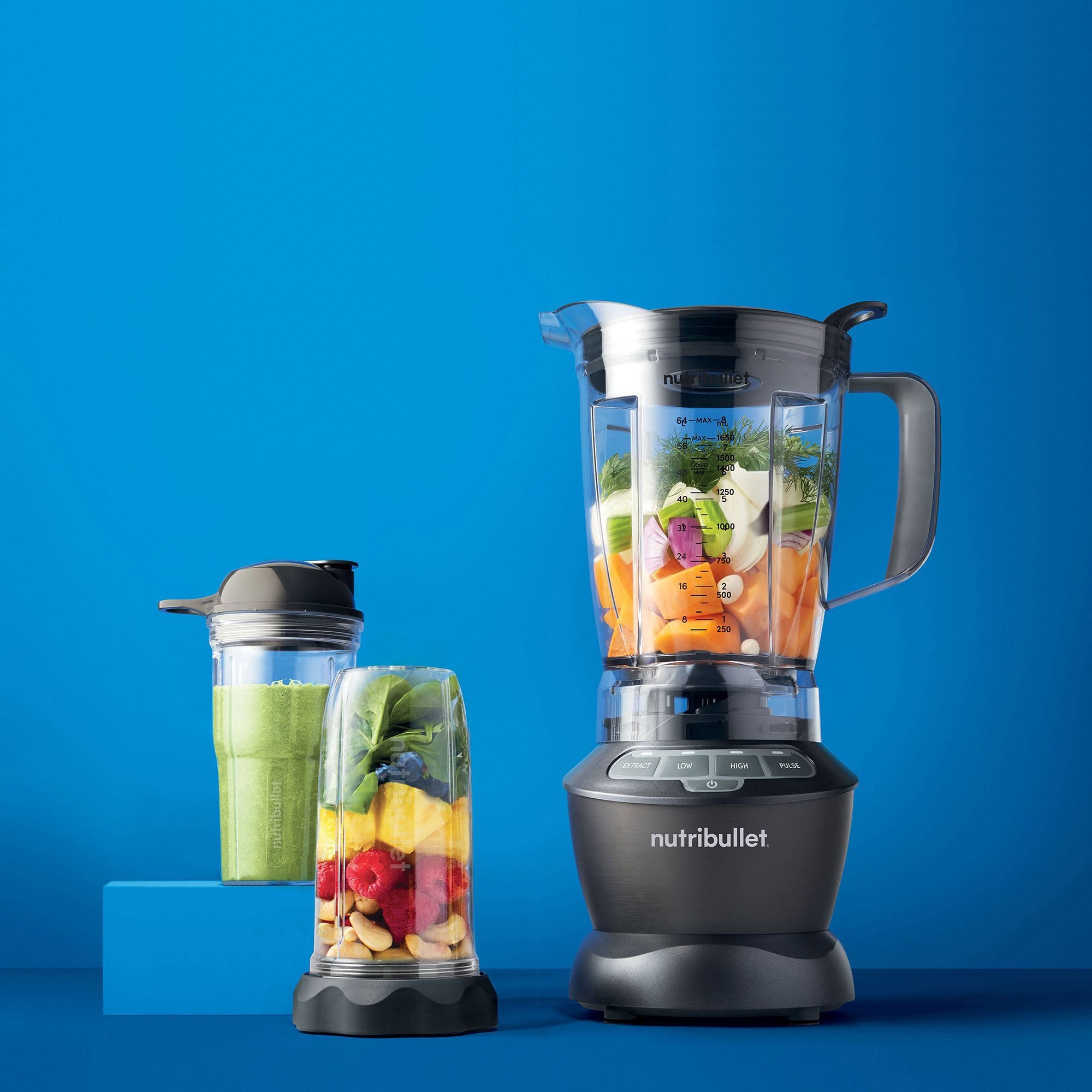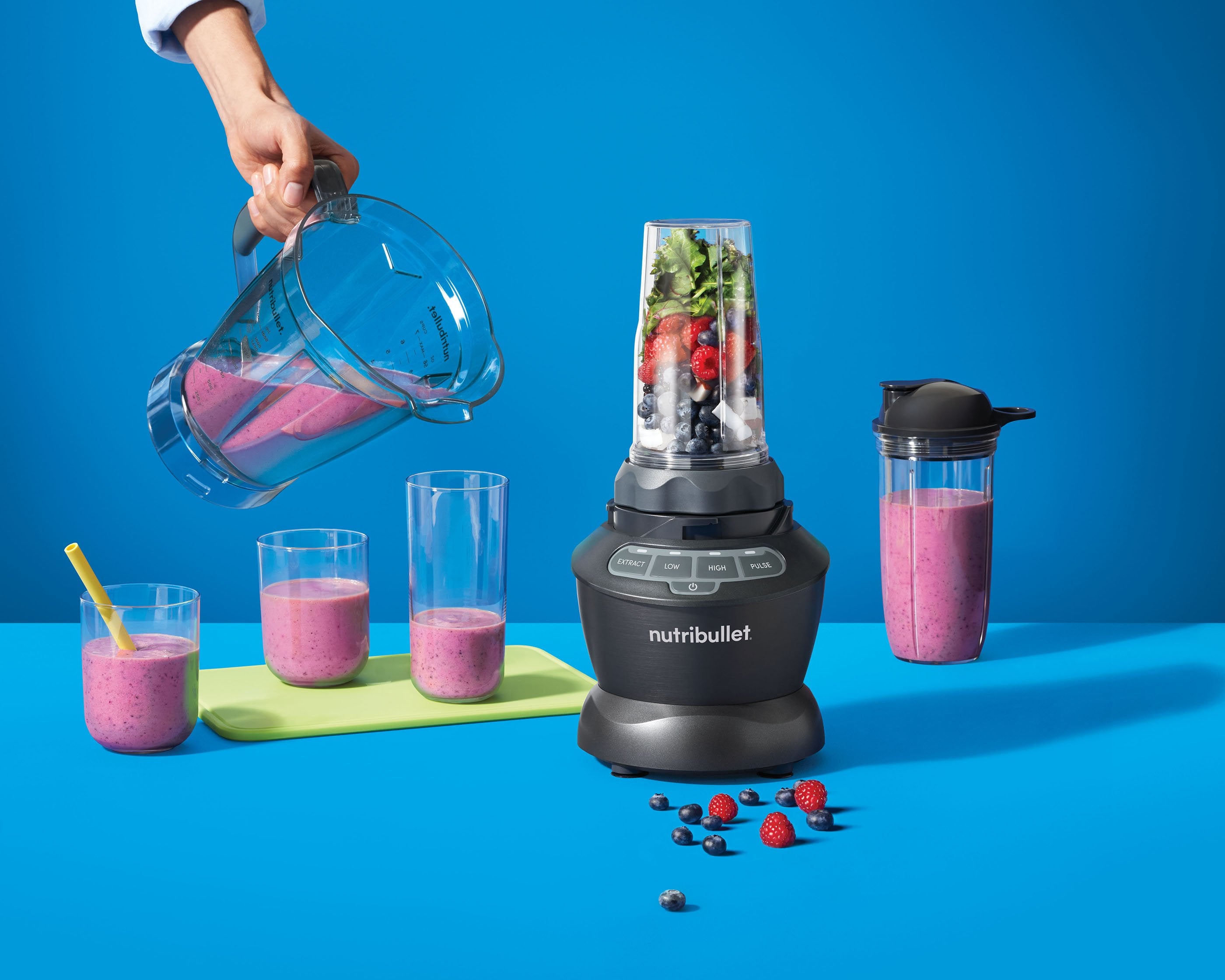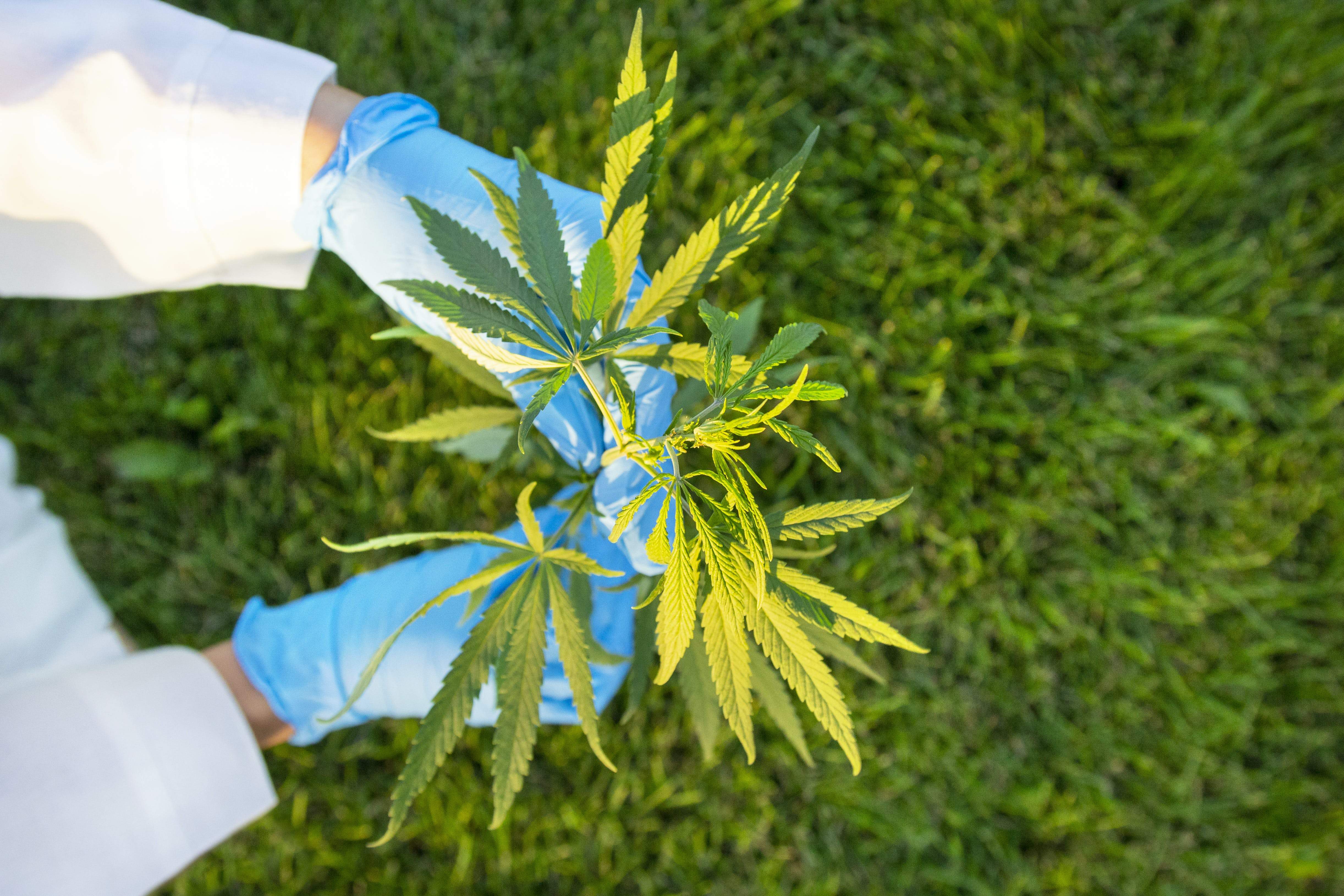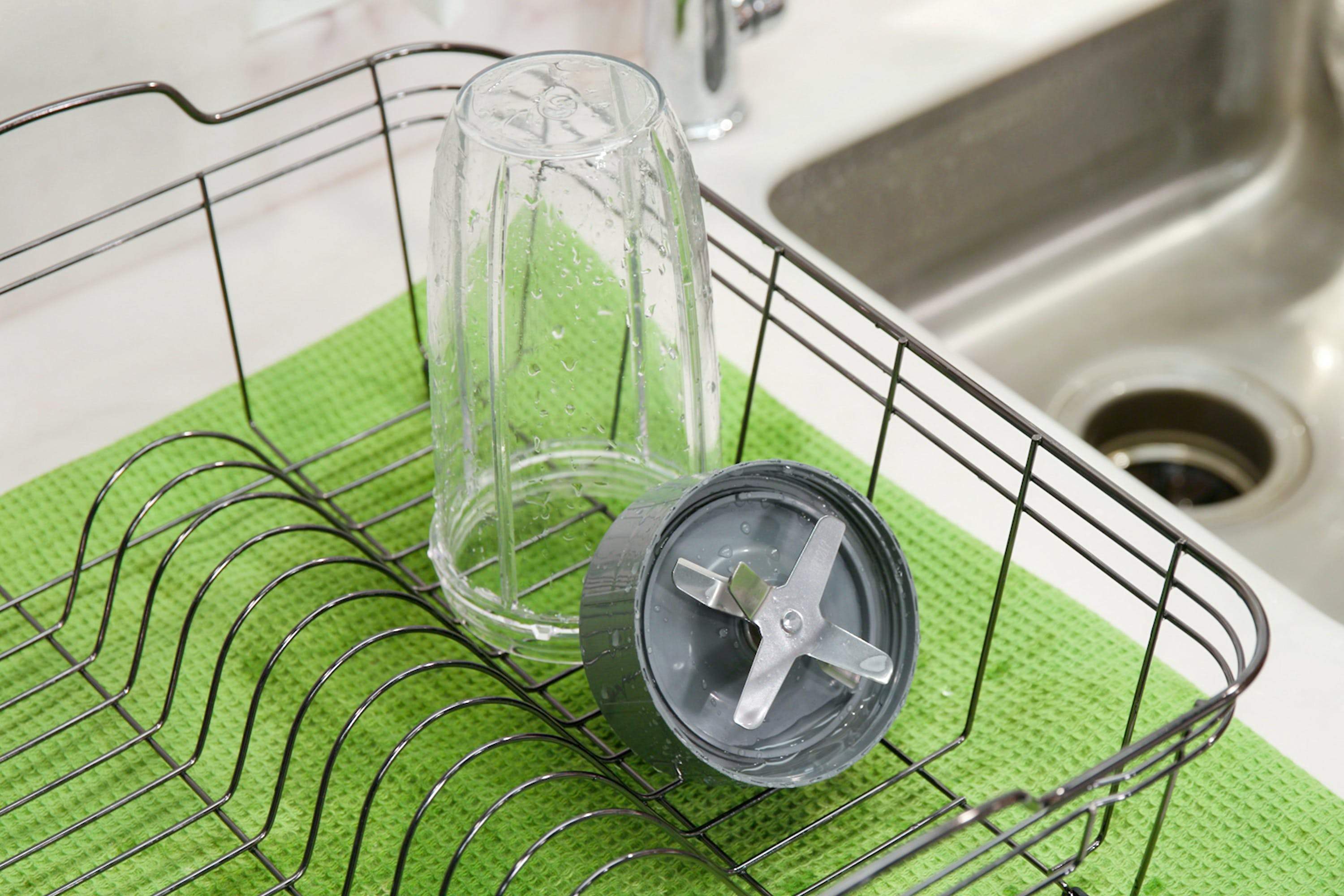Years ago, if you heard the word “charcoal”, you would more than likely associate it with charcoal briquettes used for burgers on the grill during summer barbecues. However, that’s not the charcoal we’re talking about here. Activated charcoal has been the rage for a while now, and we have social media to thank for it. We’re flooded with photos of black ice cream, juices, cocktails, and even black bread buns to put your grilled burger on! While this trend can make for some very cool pictures, it’s debatable how much charcoal, if any, we should be ingesting.
While activated charcoal is made of the same matter as the charcoal in your barbecue, food-grade activated charcoal is slightly different. Activated charcoal is typically created by heating coconut shells to high temperatures until they’re completely burnt up into ashes. That ash is then processed with steam at even higher temperatures to create a structure with many tiny pores. These pores are what make the charcoal activated, giving it powerful absorption properties.
So, what makes activated charcoal great?
Ultimately, these absorptive properties make activated charcoal ideal for treating food poisoning or drug overdoses. Activated charcoal has the ability to trap chemicals and block them from being absorbed from the gastrointestinal tract into the blood. However, the doses typically given in those types of situations are safest recommended and administered by a healthcare professional.
Activated charcoal is also great for removing excess oil, dirt, and toxins from our skin and hair. It can even lift stains from our teeth by working as a natural, albeit messy, toothpaste. However, there’s no scientific evidence that charcoal actually whitens teeth.
Although activated charcoal binds to things, it’s unable to pick out what is toxic and what is not. So the problem with all the trendy foods with charcoal being consumed nowadays – the ice creams, juices, and sandwich buns – is that other crucial vitamins and minerals are also potentially being absorbed by the charcoal and eliminated as waste. In general, this may not be a huge ordeal depending on the amount of these foods a person consumes, but if a person is taking medications, it could pose a problem.
Prescription medications, such as anti-depressants and birth control pills, are amongst over 240 types of medications that can be absorbed by charcoal, resulting in reduced efficiency. So if you are eating or drinking popular charcoal food products, you might want to take note of that effect.
So, should we be giving in to charcoal madness?
Absorption of toxins in certain situations can be a good thing, but as a society, we tend to go detox-crazy sometimes. The amount of activated charcoal found in a juice or dessert here and there is probably not enough to cause any major issues. At the same time, there’s also little hard evidence on how its consumption improves the body. In general, it’s a good idea to not eat or drink these products every single day, and if you’re taking prescription meds, wait at least two hours after consuming them to ingest any charcoal products.
Nutritional information
Recipe: Creamy Green Strawberry Dream Serving in this recipe:1
- Calories: 236.6
- Total Fat: 3.6 g 5.5%
- Saturated Fat: 0.4 g 1.9%
- Cholesterol: 0 mg 0%
- Sodium: 358.7 mg 14.9%
- Total Carbs: 45.7 g 15.2%
- Dietary Fiber: 9.9 g 39.4%
- Sugar: 22.1 g
- Protein: 8.1 g 16.2%
- Vitamin A: 481.9% Vitamin C: 244.1%
- Calcium: 68.5% Iron: 26.1%
* Percent Daily Values are based on a 2,000 calorie diet. Your daily values may be higher or lower depending on your calorie needs.





















